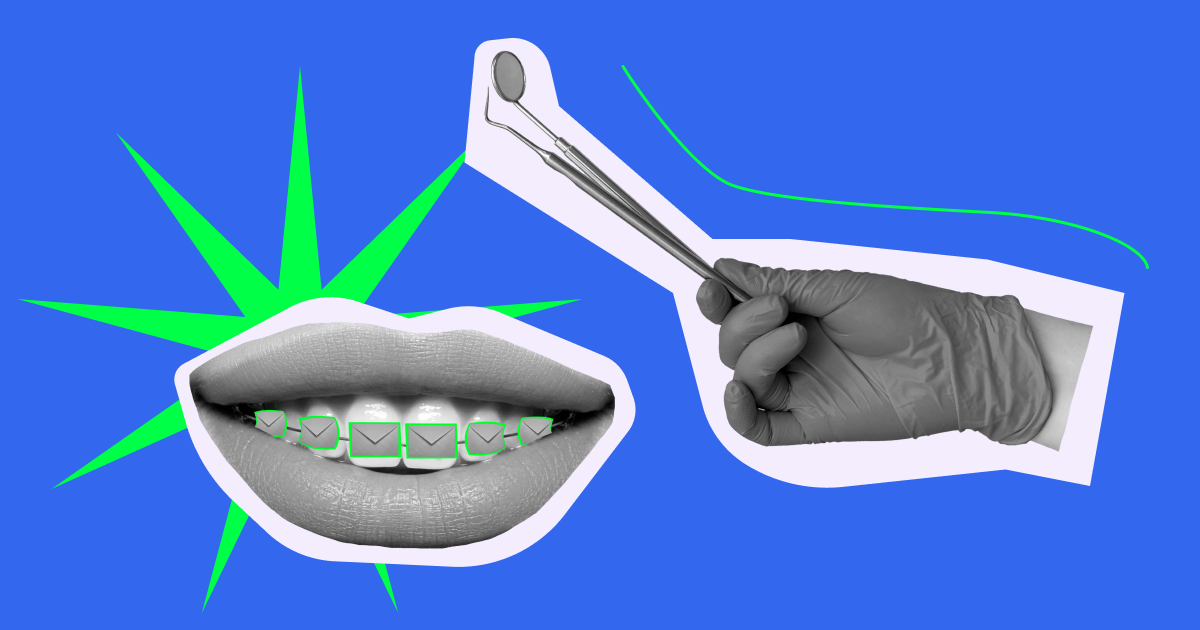How to start a dental practice email marketing campaign
In this section, we will explain the steps to take when starting email marketing campaigns. If you follow these steps, you should be able to successfully launch a dental practice email marketing campaign.
-
Decide on an email marketing service
The first step in starting any email campaign is to choose an email marketing platform. It offers specialized features and functionalities not available in regular email clients like Gmail. There are many options available, such as Selzy, Mailchimp, and Constant Contact.
Consider their features, pricing, and ease of use when making your decision. Look for a platform that offers a user-friendly interface and customizable templates. Other important features include automation capabilities and good deliverability rates. In case you need help, here’s an article about the best email marketing services.
-
Come up with a valuable freebie to boost sign up
To encourage people to sign up for your email list, offer them a valuable freebie. It could be a step-by-step guide with oral health tips or a discount coupon for dental services.
Make sure the freebie is relevant and compelling to your target audience. Promote it on your social media profiles and in your dental office to attract more sign-ups.
-
Start promoting your forms and collecting emails
Now, it is time to start promoting your email sign-up form on your social media profiles and in your website content.
You could also collect email addresses at your dental office. It could be as simple as asking patients to sign up when they are at the reception desk. Hanging up a poster in the hallway is also a viable option.
-
Set clear goals
Before you start sending emails, define your goals for your email marketing campaign. Do you want to increase appointment bookings? Achieving such a goal would help you increase profits.
On the other hand, you could set out to educate patients about oral health. While it might not drive profits directly, it’s still worth doing. It would position you as an authority on the matter of oral health.
All in all, setting clear goals will help you create targeted and effective email content. So, think about what you want to achieve and make it a part of your email marketing strategy.
-
Start sending out emails
Start by sending a welcome email to new customers. As mentioned above, it should introduce your dental practice and the type of content your subscribers can expect from you. Then, plan a content calendar and start sending out dental newsletters on a regular basis.
-
Monitor the results
Finally, remember to monitor and analyze the results of your emails. Most email marketing platforms provide analytics tools. They allow you to track key metrics, such as open rates, click-through rates, and conversions.
Pay attention to which emails perform well and which ones do not. Later, use this data to refine your email content and improve your future campaigns. The better they are, the more people will want to receive your emails.





















